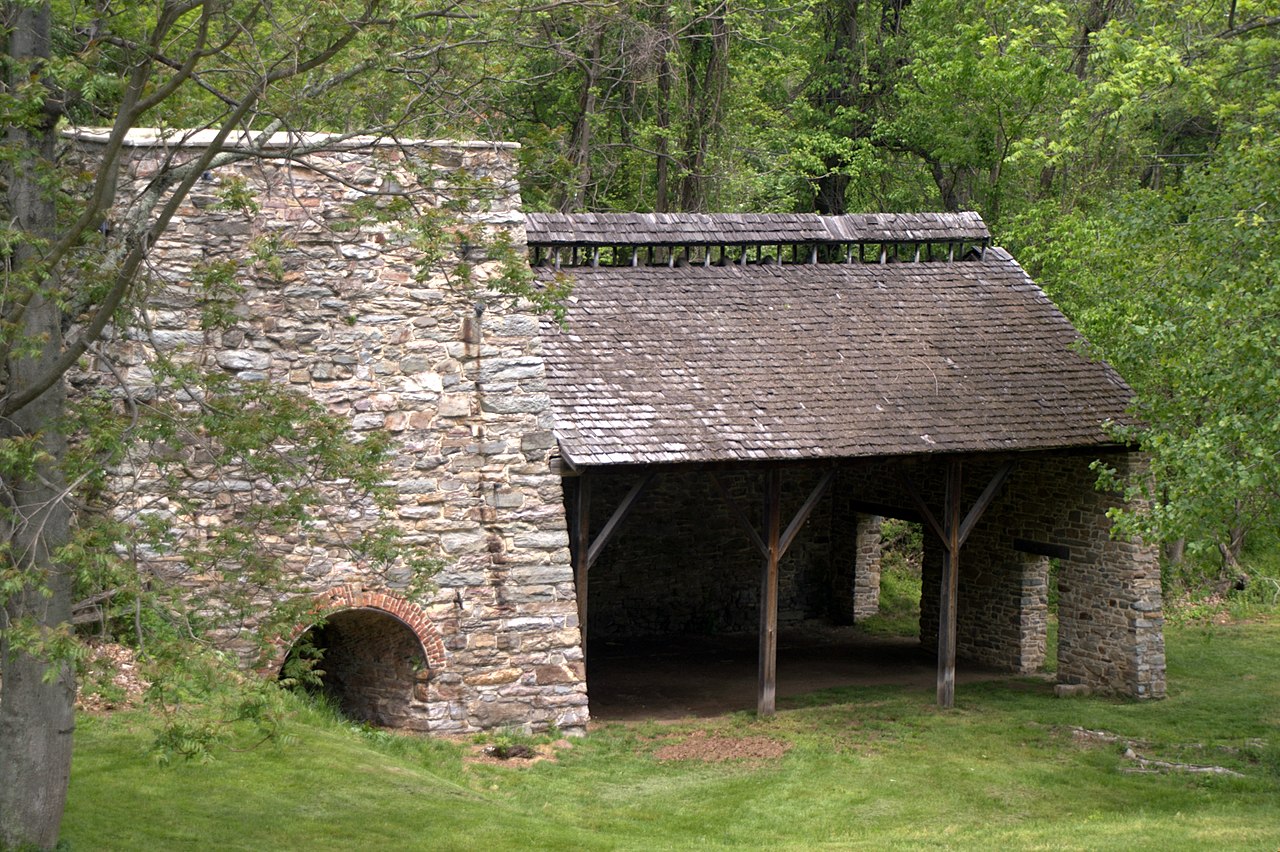Siddi People (Sheedi people in Pakistan)
An ethnic minority group inhabiting Pakistan and India. They are primarily descended from the Bantu peoples of Southern and East Africa (Mainly from Kenya, Tanzania and Mozambique. However, some also came from Ethiopia), most of whom came to the Indian subcontinent through the Indian Ocean Slave Trade. Others arrived as merchants, tradesmen, sailors, indentured servants, and mercenaries during the 7th to 18th century mainly by the Arabs and Portuguese.
Religion wise, the Siddis of India are Hindu, Muslim and Catholic. The Sheedis of Pakistan are mainly Muslim.
Indian Siddis: African Descendants with Indian Admixture
Abstract
The Siddis (Afro-Indians) are a tribal population whose members live in coastal Karnataka, Gujarat, and in some parts of Andhra Pradesh. Historical records indicate that the Portuguese brought the Siddis to India from Africa about 300–500 years ago; however, there is little information about their more precise ancestral origins. Here, we perform a genome-wide survey to understand the population history of the Siddis. Using hundreds of thousands of autosomal markers, we show that they have inherited ancestry from Africans, Indians, and possibly Europeans (Portuguese). Additionally, analyses of the uniparental (Y-chromosomal and mitochondrial DNA) markers indicate that the Siddis trace their ancestry to Bantu speakers from sub-Saharan Africa. We estimate that the admixture between the African ancestors of the Siddis and neighboring South Asian groups probably occurred in the past eight generations (∼200 years ago), consistent with historical records.
^^^The bolded part - Is where most Siddis are from and where they took the DNA samples.
The Autosomal, Y-DNA and Mt-DNA chart
African Ancestries in Siddis
(A) Principal-components analysis of three Siddi groups, HapMap Phase 3 populations (CEU, YRI, and CHB), and 16 Indian groups.
(B) Schematic representation of the proportions of African and ICP ancestry in Siddis. ICP includes the 16 Indian groups and Portuguese and represents the ancestral non-African population.
Y-DNA
We observed that the Y-chromosomal haplogroups B2-M182 and E1b1a-M2, which are characteristic of African ancestry, were present at high frequencies in the Siddis but not in other Indians. Moreover, about 70% of the Siddi male lineages fall into haplogroups generally characteristic of African populations (
Figure 3A), thus confirming the results from the autosomal DNA markers (
Figure 1B). The remaining 30% were C∗-M130- and M89-derived Indian or Near-Eastern lineages (H1a-M82, H2-Apt-H2, J2-M172, L-M11, and P∗-M45). The populations neighboring the Siddis were found to harbor only these Asian-specific haplogroups. It is interesting to note that none of the African paternal lineages were observed among the neighboring Indian groups, whereas Indian-specific lineages were detected in Siddi individuals. This suggests primarily unidirectional paternal gene flow from Indian populations to the Siddis (
Figure 2B).
Personally, I'm not all that shocked by the Y-DNA results
Mt-DNA
PCA plots of the combined dataset showed that the African-specific mtDNA haplogroups were present at high frequency in the Siddis; these results were similar to the observations from the autosomal and paternal lineages. The African-specific haplogroup L was present at a frequency of 53% and 24% in Siddis from Gujarat and Karnataka, respectively. Previous studies have suggested that the L0a, L2a, L3b, and L3e haplogroups are associated with the Bantu expansion. Haplogroup L2a (including L2a1) was observed in the Siddis along with rare sublineages of L2, which further supports the conclusion that the ancestors of the Siddis were most likely African Bantus. The L0d lineage, which is now largely confined to the Khoisan-speaking South African populations but which was possibly more widespread in the past, was also observed in two Siddi individuals from Gujarat state. The presence of Indian-specific sublineages of M and N (R and U, which include M2, M3, M5, M6, M33, M35, M39, M57, R8, R30, and U2 haplogroups) is indicative of recent admixture with indigenous Indian populations. In addition, haplogroup T, which is widespread in southern and Western Europe and is also present at a low frequency in some South Asian groups42 was present in four Siddi individuals. This suggests maternal gene flow from a West Eurasian ancestral source—perhaps Portuguese or Indian. Consistent with the Y-chromosomal results, there is no evidence of African haplogroups in the neighboring Indian populations, thus confirming the hypothesis of unidirectional gene flow to Siddi individuals from contemporary Indian populations.
I'm shocked by the amount of non SSA Mt-DNA haplogroups found among Siddi women. According to the paper, 76% of Siddi women of Karnataka have Non SSA Mt-DNA haplogroups.
Y-Chromosomal and mtDNA Haplogroups in Siddis
(A) Y-chromosomal haplogroup frequencies in the populations analyzed. Abbreviations are as follows: SG, Siddis from Gujarat; CH, Charan; BH, Bharwad; SK, Siddis from Karnataka; MD, Medar; GV, Gram Vokkal; KR, Korova; and KV, Kare Vokkal. The African-specific B and E1b1a haplogroups in India were found exclusively among the Siddi population.
(B) Distribution of mtDNA haplogroups in Siddis.
Autosomal
Applying the regression-style method to all three Siddi groups with YRI and ICP as the ancestral populations, we estimated that the Siddis have on average ∼67% African ancestry (Table 1). We obtained qualitatively similar results when we used East Africans (HapMap Luhya [LWK]) in place of YRI (Table 1 and Table S2D).
So all in all... They're mixed. Hell, you can see it on their faces. LOL
@get these nets,
@DrBanneker,
@Soldier,
@Waldo Geraldo Faldo,
@Ty Daniels,
@98Ntu









